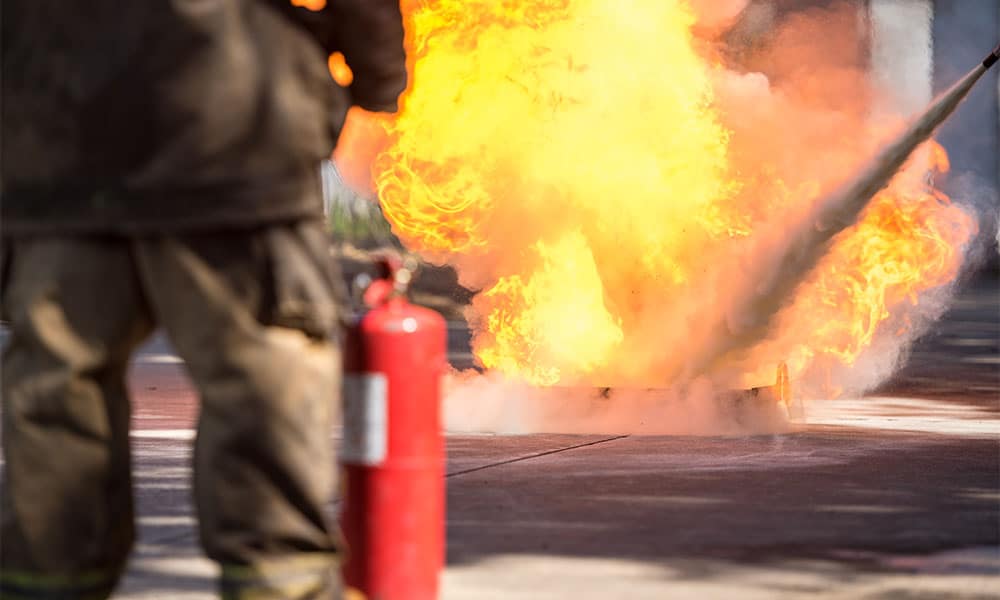Introduction : Health and safety awareness is an essential feature of the training and development of staff, but more importantly, the pro-active prevention of work related accidents and incidents. Employers have a responsibility both for themselves and for their workers under welfare and safety legislation. Consequently the need for job safety arises. Job safety starts with the job safety analysis which is broken down into its component parts of any method or procedure to determine the hazards connected with each key step and the requirements for performing it safely. A Job Safety Analysis (JSA) is a highly effective tool used to examine and establish the safest way to complete a work task. The term JSA is often used interchangeably with Job Hazard Analysis (JHA)
Duration : 6 Hours
Approvals and Accreditations: KHDA
Target Audience: Supervisors, managers
Mode of Training: Virtual/Live Training: Both
Minimum Participants: 12
Maximum Participants: 20
Certificate Validity: 1
Course Outline:
- Six broad elements of safe systems of work
- Developing safe systems
- Five basic steps
- Task assessment
- Hazard identification and risk assessment
- Definition of safe methods
- Implementing the system
- Monitoring the system
- The “Sredim” principle What is job safety analysis?
- Benefits of job safety analysis
- Uses of job safety analysis
- Hazard awareness
- Definition of key words
- One process, three goals
- Where to start?
Enter the text or HTML code here








